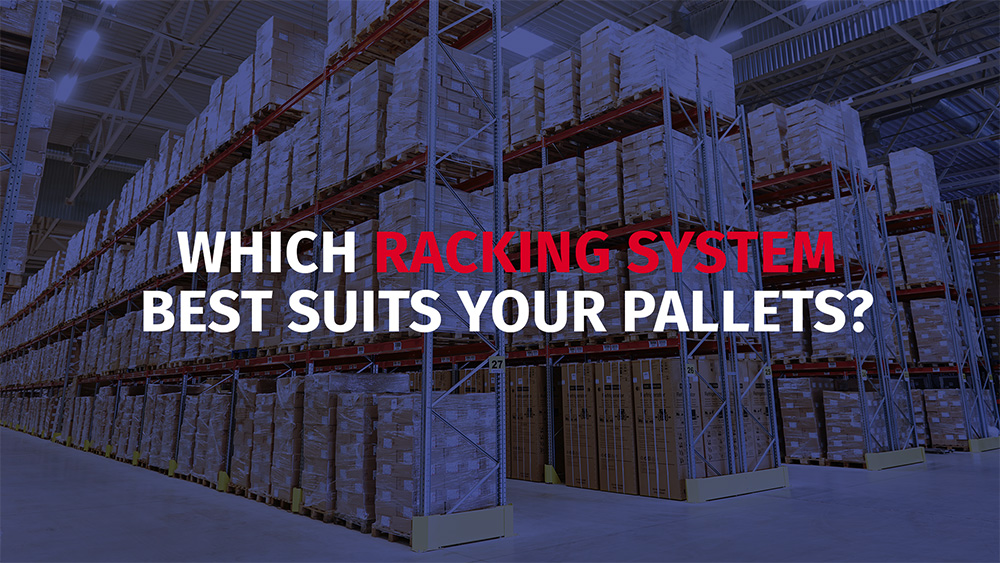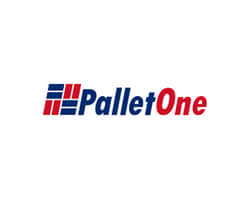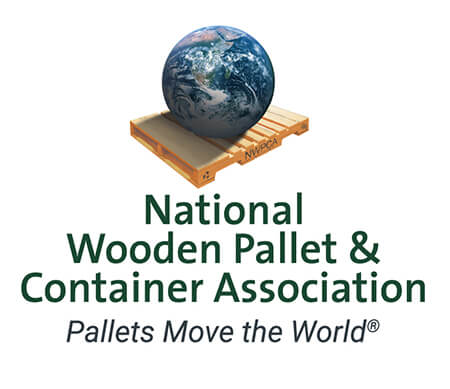It doesn’t take long. Unit loads start backing up on the receiving floor and warehouse aisles when a warehouse gets full. Then the delays begin. Double handling, detours, and congestion can result in your typically high-speed operation sputtering to keep pace.
Having the best mix of storage solutions to address your product mix and throughput is critical. In this article, we consider five common racking solutions that can help give you more wiggle room in your warehouse.
1. Selective Pallet Racking:
Selective pallet racking is the most popular and widely used system due to its versatility and accessibility. It features vertical upright frames connected by horizontal load beams, forming individual bays. This system allows direct access to each pallet, enabling easy picking and loading operations. It is ideal for facilities with diverse product ranges and high inventory turnover, where selectivity is paramount.
2. Double Deep Racking:
Double deep racking is an extension of selective racking that increases storage density. It involves storing two pallets deep, one positioned behind the other, in each bay. It is often used to augment the selective pallet racking systems for fast-moving items such as beverages or tissue products. This configuration reduces the access aisles required, optimizing space utilization while maintaining selectivity for the front pallets.
3. Drive-In and Drive-Through Racking
Drive-in and drive-through racking systems are designed for high-density storage, focusing on maximizing cube utilization. In these systems, forklifts drive directly into the racks to deposit or retrieve pallets. Drive-in racking allows for last-in, first-out (LIFO) inventory management, as it requires access from one end only. On the other hand, drive-through racking enables first-in, first-out (FIFO) inventory management by providing access from both ends. FIFO is crucial for perishable goods. Bottom line, drive-in, and drive-through systems are great for high volume, single SKU products.
4. Push Back Racking
Push back racking is a dynamic storage system that utilizes inclined rails and carts to store multiple pallets per level. Pallets are loaded from the front of the rack. As a new pallet is added, it pushes the previously loaded pallet toward the back. The front pallet is retrieved when unloading, and the remaining pallets move forward. This is a last-in, first-out (LIFO) approach, so it might not be suitable for some items.
5. Pallet Flow Racking
Pallet flow racking is another high-density storage solution, offering FIFO access to palletized goods. It utilizes inclined roller or wheel tracks to enable pallets to flow from the loading end to the unloading end through gravity.
Pallet racking systems are vital in optimizing warehouse storage space and enhancing operational efficiency but your pallet design goes hand-in-hand with your storage plans. Depending upon the product and the throughput, multiple racking solutions might make the best sense for your site, but if you leave the pallet design as an afterthought, you could end up with an inefficient, costly, or unsafe solution. If you have a new racking project in mind or an existing system giving you pallet headaches, PalletOne can help. Our Pallet Concierge™ team will audit your storage plan and ensure you have the right pallet to make your racking systems achieve top performance.












